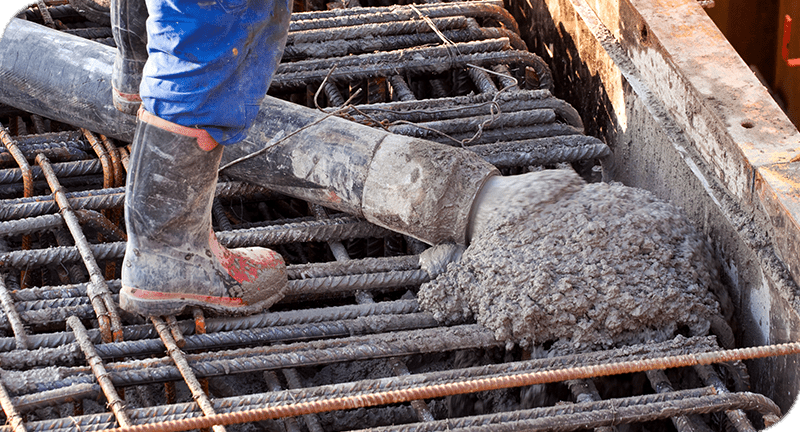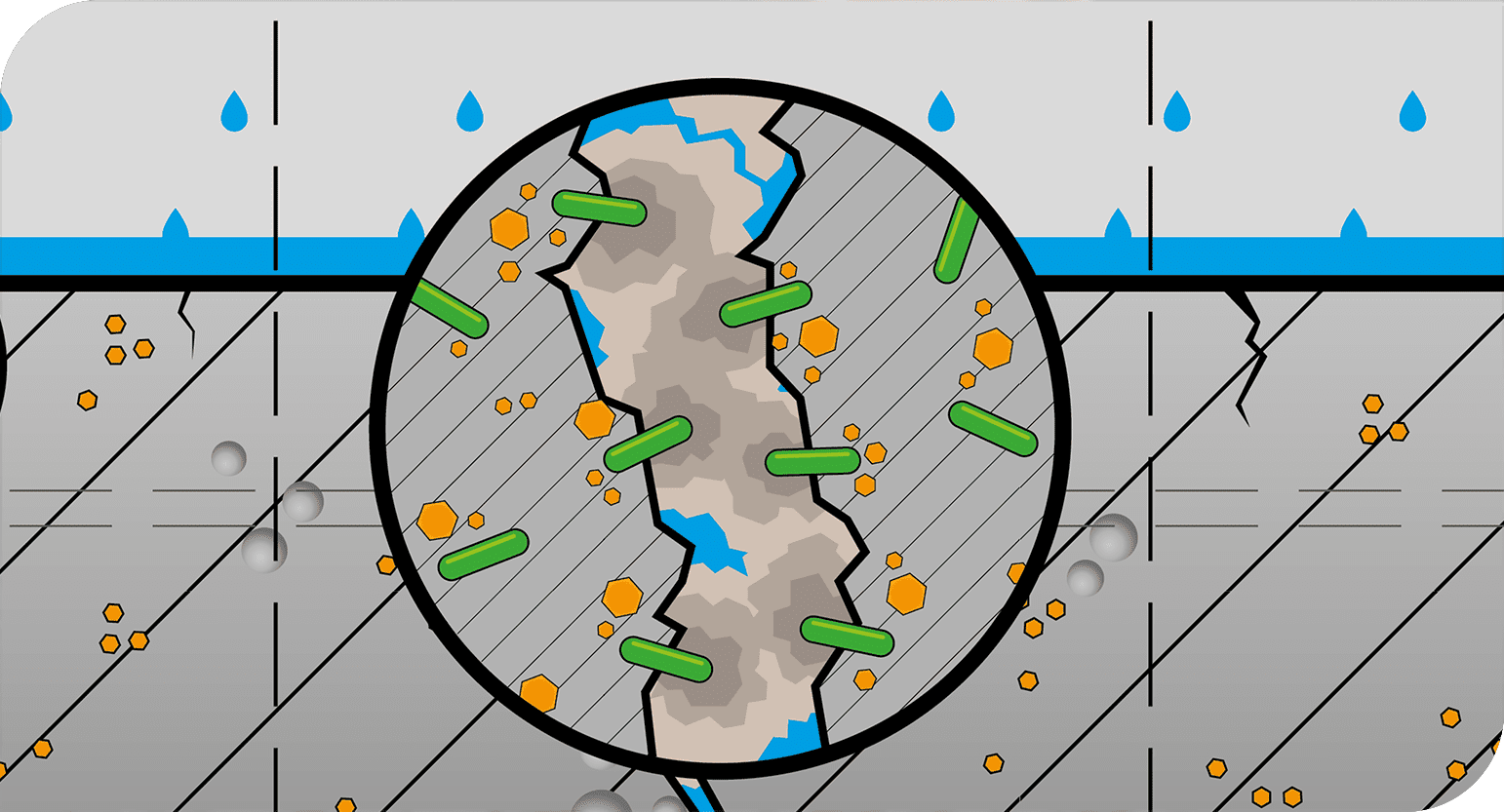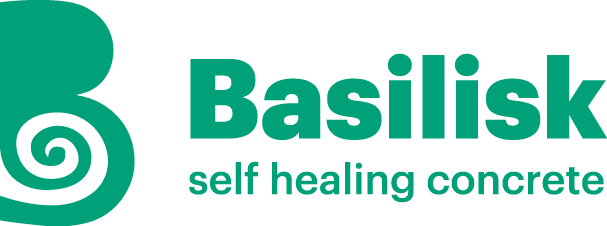Reducing steel reinforcement in water retaining concrete structures
Use Basilisk Self-Healing Concrete to reduce up to 40% steel shrinkage reinforcement
Less steel, CO2 & costs
With Basilisk Self-Healing Concrete you can save up to 40% steel, 62 kg per m3. This results in reduction of cost and a more sustainable way of building. These outcomes are achieved making calculations using the Eurocode norms.
Steel is one of the main causes of carbon emissions of a reinforced concrete structure. Reduction of reinforcement will not only have a positive impact on cost reduction, but will also reduce the CO2 footprint of the structure, contributing to a greener future.




Reinforcement & crack width
In able to control the crack widths related to that limited leakage, usually a large amount of reinforcement is needed. When opting for Self-Healing concrete, we provide healing properties to concrete. This makes it possible to temporarily accept larger cracks, as they will be sealed watertight in a couple of weeks. The limit for these larger cracks are based on durability regulations and therefore the design still complies to regulations and standards. With this approach the steel needed for shrinkage reinforcement can be reduced significantly.
Making concrete repair itself
With Basilisk Healing Agent, the ability for the concrete to heal itself is greatly improved. The bacteria in the Healing Agent are activated by water and start to produce limestone. This seals cracks and makes the structure watertight. This in turn makes the steel reinforcement much less susceptible to corrosion.






Study case
Commissioned by the Port of Rotterdam, Basilisk Self-Healing Agent is used for a liquid containment concrete structure designed as a fire extinguishing tank. The walls are loaded with 5 meters of hydrostatic pressure, while only having a thickness of 350 mm. The structure is classified as water tightness class 1 in which the allowed leakage is limited.



Reinforcement & Crack width
In able to control the crackwidths to an amount that limits leakage to a certain extent, usually a huge amount of reinforcement has to be used. However, since the use of Basilisk Self-Healing Agent provides autonomous self-healing properties to the concrete, the cracks will seal watertight. This allows us to accept wider crackwidths, which results in a significant reduction of reinforcement..



Less Steel, CO2 & Costs
Steel is one of the main culprits in terms of CO2 emissions of a certain construction. Reducing of reinforcement will not only have a positive impact on the costs, but will also reduce the CO2 footprint of the structure, contributing to a greener future.



Making concrete repair itself
With Basilisk Healing Agent, the ability for the concrete to heal itself is greatly improved. The bacteria in the Healing Agent are activated by water and start to produce limestone. This seals cracks and makes the structure watertight. This in turn makes the steel reinforcement much less susceptible to corrosion.



The study case
Commissioned by the Port of Rotterdam, Basilisk Self-Healing Agent is used for a liquid containment concrete structure designed for fire extinguishing water. The walls are loaded with 5 meters of hydrostatic pressure, while only having a thickness of 350 mm. The structure is classified under tightness class 1 in which the leakage has to be limited to a small amount.


